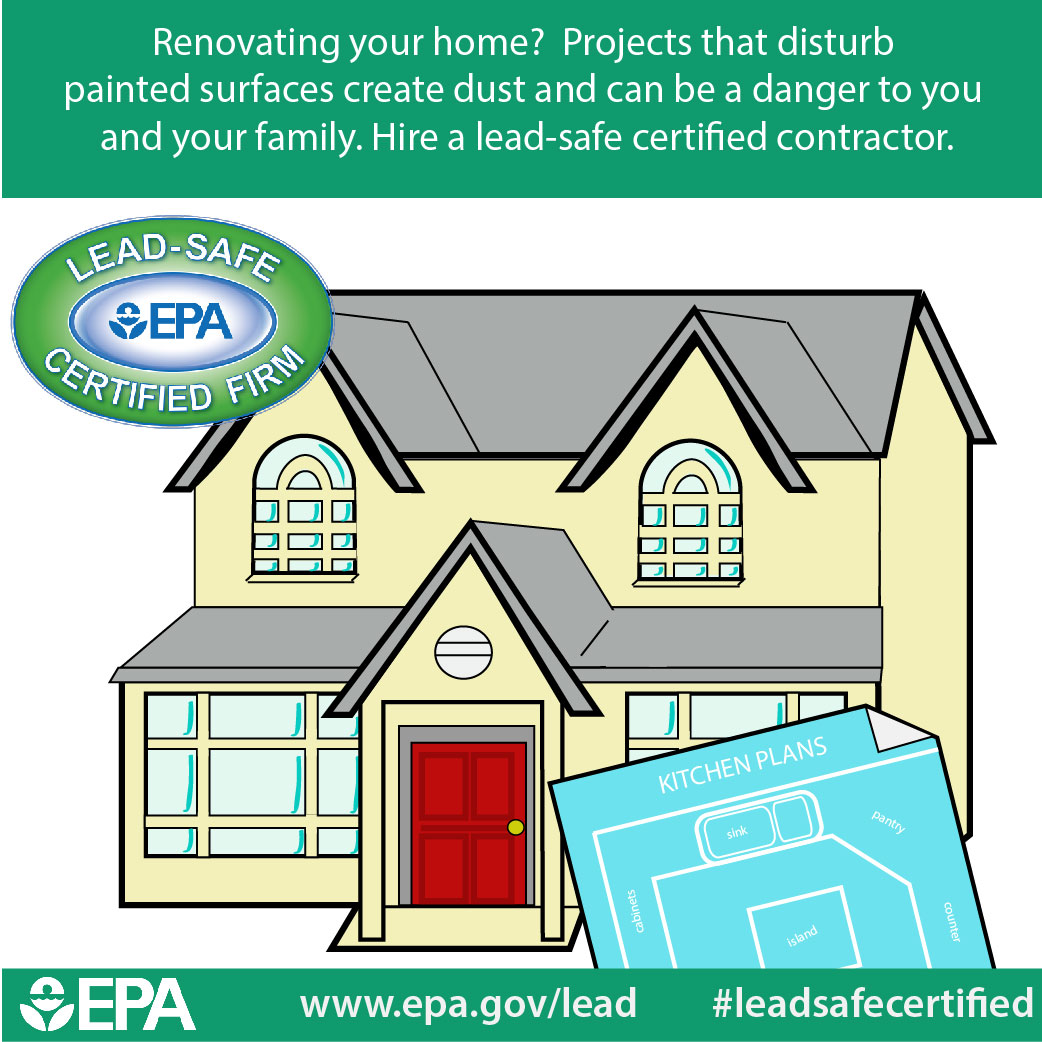Organized Overview To Setting Up Your Wall Surfaces For Painting
Organized Overview To Setting Up Your Wall Surfaces For Painting
Blog Article
Material Author-Soelberg Kearns
When you're prepping your wall surfaces for paint, it's vital to follow a methodical process to ensure a remarkable surface. Beginning by checking out the wall for any type of damages; this action can make or damage your task. When you have actually identified any kind of concerns, cleansing the surface appropriately is important, as an unclean wall surface can affect paint attachment. After that, you'll need to spot any blemishes and use a primer. But there are specific strategies and suggestions that can raise your preparation video game-- allow's explore those more to achieve the best results.
Assessing Wall Problem
Prior to you grab your paintbrush, take a minute to examine your walls' problem. Check for any noticeable damage like cracks, holes, or peeling off paint. These imperfections can affect exactly how the paint adheres and looks once it's completely dry. If you see any kind of considerable damages, you'll require to focus on repairs before diving right into painting.
Look closely at the texture of your wall surfaces. Is the surface smooth, or is there structure that might call for special factor to consider? Smooth wall surfaces normally need much less preparation, while textured surfaces might require more time to repaint uniformly.
Also, consider the previous paint work. If the old paint is glossy, it mightn't enable new paint to stick properly. You'll want to know if your wall surfaces have been repainted with oil-based or water-based paint, as this can impact your option of primer or paint.
Ultimately, take note of any wetness issues. If you see signs of water damage or mold and mildew, address these issues quickly to stop further problems.
Cleaning the Surface
As soon as you've evaluated the problem of your walls, the next step is cleaning up the surface. Start by gathering your materials: a pail, warm water, a moderate cleaning agent, a sponge or cloth, and a scrub brush for tougher areas.
Begin on top edge of the wall and work your means down. Mix the detergent with warm water in your pail, then dip the sponge or cloth right into the option. Wring it out to stay clear of too much moisture on the walls.
As you cleanse, pay very close attention to locations that could've collected dirt, grease, or fingerprints. For stubborn stains, make use of the scrub brush gently to prevent damaging the paint under. Wash wall paint tulsa,ok or towel regularly in tidy water to stop spreading dirt around.
After cleansing, it's necessary to clean the wall surfaces with a moist towel to get rid of any soap deposit. This step guarantees a smooth surface for the new paint to adhere to.
Permit the walls to dry entirely prior to carrying on to the following preparation steps. This complete cleansing procedure will certainly aid create a fresh canvas for your paint job, guaranteeing the very best outcomes.
Patching and Priming
Patching and priming are critical action in preparing your walls for a fresh coat of paint. Initially, evaluate your wall surfaces for any type of holes, splits, or flaws. Use a high-quality spackling compound or patching paste to fill up these locations.
Use https://indoor-painters-near-me76531.weblogco.com/33344815/discover-the-partnership-between-weather-and-business-painting-projects-and-locate-crucial-approaches-to-adjust-to-uncertain-problems-for-attaining-the-very-best-outcomes-what-will-you-learn-next with a putty knife, smoothing it out so it's flush with the surrounding surface area. Enable it to completely dry entirely, and after that sand it lightly till it's smooth and also.
As soon as you've covered every little thing, it's time to prime. https://angelocoyjt.prublogger.com/32417227/ideal-periods-for-organizing-your-industrial-paint-solutions seal the patched locations, ensuring the paint sticks appropriately and offers a consistent surface. Choose a primer suitable for your wall type and the paint you'll be making use of.
Use the primer making use of a roller for bigger areas and a brush for corners and sides. If your covered areas are dramatically huge or porous, you may intend to use a second layer of guide after the initial one dries out.
After priming, let whatever completely dry completely prior to going on to painting. This prep work will not just enhance the appearance of your wall surfaces but additionally lengthen the life of your paint task.
Take your time, and you'll be pleased with the results.
Final thought
By complying with these basic steps, you can accomplish a smooth and professional finish on your wall surfaces. Start by assessing their condition, then clean and patch any type of imperfections prior to applying primer. Keep in mind to enable adequate drying out time and make sure every little thing is smooth before you study painting. With the right prep work, you'll establish the stage for a stunning change in your room. Currently, gather your products, take in the fresh air, and prepare yourself to paint!
